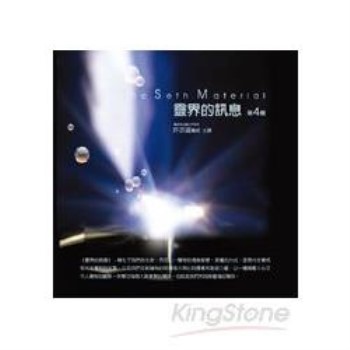In 1938, with war looming in Europe, the New Zealand government launched a
bold plan to bolster the country’s long-neglected air defences, based on the
advice of a young RAF officer, Ralph Cochrane. Cochrane’s new RNZAF would
be built around two new long range reconnaissance and strike squadrons, and
for this, 30 of Britain’s most up-to-date bomber aircraft needed to be
purchased and delivered from the other side of the world. Led by a legendary
wing commander and some of New Zealand’s most celebrated aviators, a team of
pilots and technicians was assembled in England to fly them back, six at a
time.
men and machines at the disposal of the Royal Air Force (RAF). It was the
first material contribution to Britain’s war effort by any Commonwealth
country, made a week before war was declared. The first ferry flight had
been due to leave only a month later. But the generous gesture left New Zealand vulnerable to attack, without any
modern front-line aircraft and without some of its most experienced pilots.
The country’s ineffective defences against attack from the sea were quickly
exposed. After seven months of political debate and hard work the small unit was
eventually built up to full operational status - No. 75 (New Zealand)
Squadron - the first Commonwealth squadron to be formed within the RAF. ’The
New Zealand Bomber Squadron’ became famous for its many accomplishments
during the Second World War and a source of great national pride. Until now, the story of how it came into being has never been properly told.












